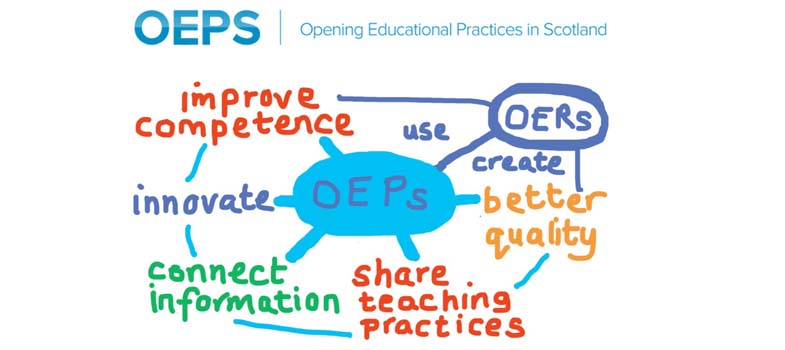2.4 Establishing a study group
Having one meeting is fine, but as probably became clear, when you reflected on groups that left you feeling annoyed or frustrated, keeping a group going can be challenging. Here we share some of things we and others have found work.
Once you have your group it is good to involve everybody in planning how you would like to organise yourselves. Here are some ideas you might find helpful.
- At the first meeting give everyone a chance to introduce themselves and to say something about what they hope to get out of the course. Encourage group members to talk about their apprehensions. Some group members may be concerned about their IT skills. Less experienced people might want to buddy up with someone who’s more confident.
- If there is someone in your workplace who has already studied the course you could ask them to say a few words about their experience and the impact it had on them.
- If the course has an introductory video you could watch it together.
- You might want to explain that just because the material is online it doesn't mean that you have to learn in isolation by sitting in front of a computer or a tablet on your own. The expectation is that group members will work through the materials in their own time. The study group is a place to work together, learn from each other and make the most of peer support. This is what we mean by good open educational practice. Peer support is really powerful. There is evidence that it increases personal satisfaction and makes it more likely that everyone will complete the course. At this first meeting, your main aim is to think through how you can make peer support work for you in your very specific circumstances?
Make sure that there’s plenty of time for activity. For example:
- If you have access to a computer, tablet or mobile phone, you could split into twos or threes and experiment with navigating your way around the course.
- Discuss how long you want to spend on the course and how often you intend to touch base with each other. This is the start of developing your own course structure. Remember, it is your structure and it is flexible but it is helpful to break down the course into smaller steps and targets.
- Depending on your circumstances, touching base can be a quick catch up at lunchtime or after work to share experiences and questions, or you could use social media. Facebook or WhatsApp, for example, allow you to set up a private group to keep in touch. Swapping mobile phone numbers and keeping up with a buddy by text and phone is really useful. Agree simple ground rules about how and when you’ll keep in touch.
- Look at the course structure. If it has several sections, as is usually the case, think about whether it’s possible to organise a group meeting or contact at the end of each section.
You almost certainly won’t do all of these things and you may have other ideas. But the key thing is to have a structure that pushes the group to keep in touch, talk to each other and make sure that no one feels that they are on their own.
2.3 Setting up a group
